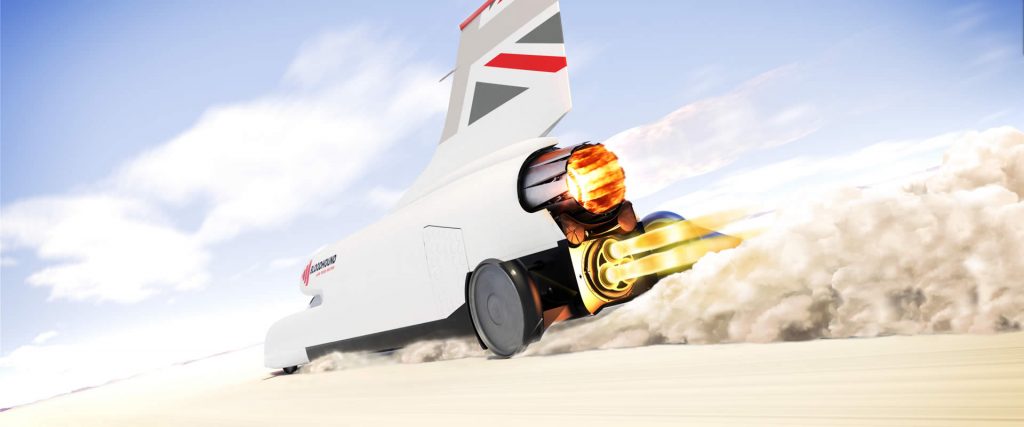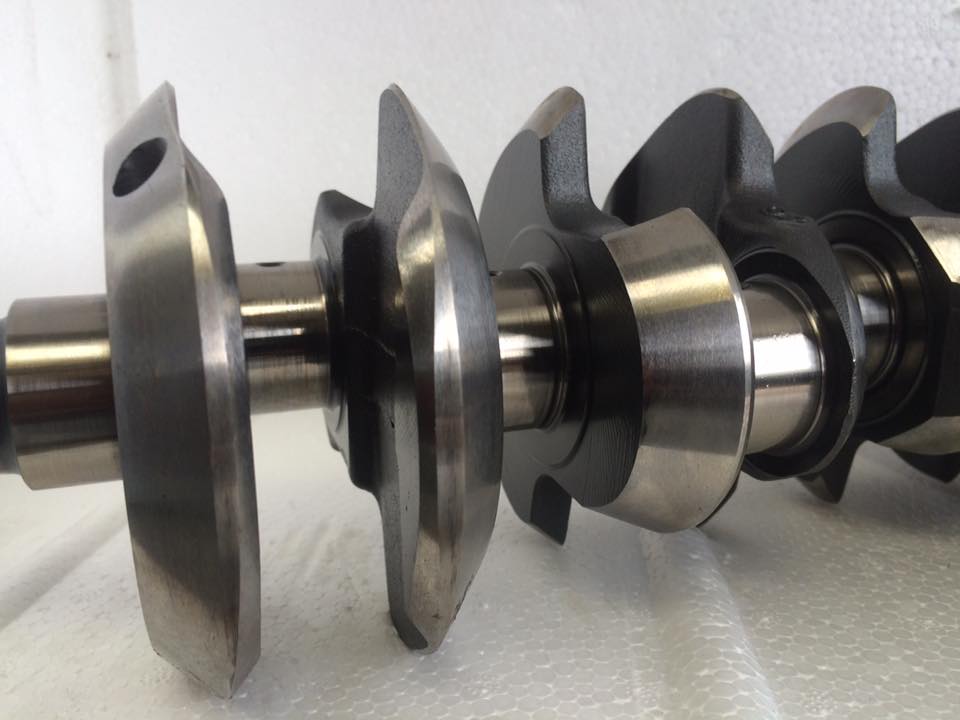
Welcome to AP Balancing
Dynamic Balancing Specialists

Specialists in
Automotive and Motorcycle Balancing

Commercial Balancing
Impellers, Rollers, Magnetic rollers, Shafts, Pulleys and high speed Turbo Rotors
What do AP Balancing Ltd do?
AP Balancing, as a dynamic balancing company, specializes in providing services related to the balancing of rotating machinery and components for both Automotive and Commercial applications. Here’s an overview of what they typically do:
Dynamic Balancing Services: AP Balancing offers dynamic balancing services for various types of rotating equipment, including motors, generators, turbines, pumps, fans, and more. They use advanced balancing equipment and techniques to identify and correct any imbalance in these systems, ensuring smooth operation, reducing vibrations, and minimizing wear and tear.
Our staff have over 60 years combined experience in the Dynamic Balancing industry, which has encompassed aerospace, military, commercial and automotive applications.
All our balancing is carried out in accordance with ISO and MIL specifications, or customer supplied tolerances.
Our ongoing commitment is to offer a quality service by the implementation of systems compliant with BS EN ISO 9001:2015. We provide balancing services and engineering support for companies throughout the West Midlands, the rest of the UK and abroad.
We cater for one-offs to production quantities and always give excellent service and a reliable turn around.
What Is Dynamic Balancing?
Dynamic balancing is a process used in engineering and manufacturing to ensure that rotating machinery, such as turbines, engines, or even components like fans or rotors, operate smoothly and efficiently. When a rotating object is out of balance, it can cause vibrations, excess wear and tear on components, and even structural damage.
Dynamic balancing involves the measurement and correction of any imbalance in a rotating system by adding or removing weight strategically. The goal is to distribute the mass of the rotating object in such a way that its center of mass coincides with its axis of rotation. This is typically achieved by attaching counterweights in specific locations around the object.
The process usually begins with measuring the amount and location of imbalance using specialized equipment such as vibration analyzers or balancers. Based on these measurements, the technician determines where and how much weight needs to be added or removed to achieve balance.
Dynamic balancing is crucial for ensuring the smooth operation, longevity, and safety of rotating machinery, particularly in industries where precision and reliability are paramount, such as aerospace, automotive, and manufacturing.
Dynamic Balancing in Motorsport
Race engine balancing is a specialized process aimed at optimizing the performance and reliability of high-performance racing engines. It involves carefully balancing the internal components of the engine to minimize vibrations, improve power delivery, and enhance overall efficiency. Here’s how it works:
Crankshaft Balancing: The crankshaft is a key component in an engine, responsible for converting the reciprocating motion of the pistons into rotational motion. Balancing the crankshaft involves equalizing the mass distribution around its axis of rotation. This is typically achieved by removing material from specific areas or by adding counterweights to balance out any unevenness. A balanced crankshaft reduces vibration and improves engine smoothness, allowing for higher engine speeds and increased power output.
Piston and Connecting Rod Balancing: Pistons and connecting rods undergo balancing to ensure uniform mass distribution. This involves matching the weight of each piston and connecting rod within a set tolerance. Balancing pistons and connecting rods minimizes vibration and reduces stress on the crankshaft and other engine components, enhancing durability and performance.
Flywheel and Clutch Balancing: Balancing the flywheel and clutch assembly is crucial for smooth engine operation and precise gear changes. An unbalanced flywheel can cause vibrations and adversely affect engine response, while a balanced assembly ensures consistent performance and improved drivability.
Rotating Assembly Balancing: In high-performance racing engines, the entire rotating assembly, including the crankshaft, pistons, connecting rods, and flywheel, is often balanced as a unit. This comprehensive approach ensures that all rotating components work harmoniously together, minimizing vibrations and maximizing power output.
Dynamic Balancing: Dynamic balancing involves measuring the engine’s vibrations at various speeds and loads and making adjustments as necessary to achieve optimal balance. This iterative process ensures that the engine operates smoothly across its entire operating range, from idle to redline.
Race engine balancing is typically performed by skilled technicians using precision equipment such as dynamic balancers and specialized software. By optimizing the balance of internal engine components, race engine balancing enhances performance, reliability, and drivability, giving racing teams a competitive edge on the track.








